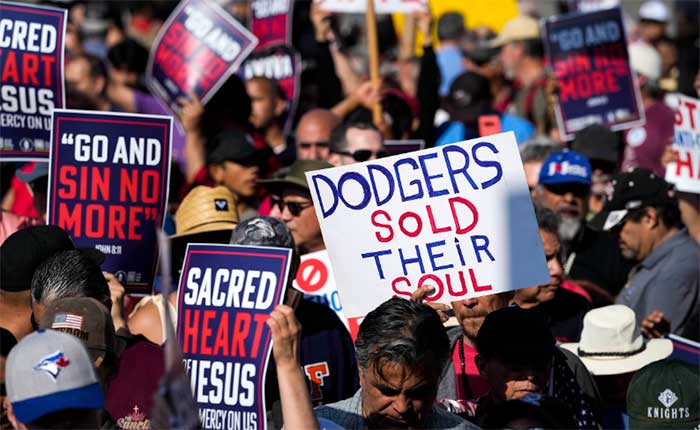On Thursday, the U.S. Supreme Court delivered a significant blow to affirmative action policies, ruling against race-conscious student admissions programs at Harvard University and the University of North Carolina. The programs had been implemented to bolster the presence of Black, Hispanic, and other underrepresented minorities on campuses.
The Supreme Court, led by its conservative justices, favored the arguments put forward by Students for Fair Admissions, an organization set up by Edward Blum, a well-known opponent of affirmative action. The organization had appealed against lower court rulings that upheld the use of these programs at the two elite institutions to cultivate a diverse student body.
The Supreme Court’s decision was split along ideological lines, with a 6-3 ruling against the University of North Carolina and a 6-2 ruling against Harvard. Liberal Justice Ketanji Brown Jackson abstained from participating in the Harvard case.
The conservative majority last year also played a central role in landmark rulings that repealed the 1973 Roe v. Wade decision, which had legalized abortion nationwide, and expanded gun rights.
In his majority opinion, Chief Justice John Roberts declared that the admissions programs at Harvard and UNC could not coexist with the promises of the Equal Protection Clause, a component of the U.S. Constitution that assures equal protection under the law.
Roberts argued that students should be assessed on their individual experiences and not on the basis of their racial identity. He critiqued universities for wrongly perceiving a student’s identity primarily through the prism of their skin color. However, he did clarify that this opinion does not ban universities from considering an applicant’s experiences with race, whether they have faced discrimination or drawn inspiration from their racial identity.
Affirmative action has long been supported by educational institutions, corporations, and military leaders, not only to address racial disparities but also to foster a diverse pool of talent that brings varying perspectives to the workplace and the U.S. military.
Liberal Justice Sonia Sotomayor countered the decision in her dissent, saying it undermined the constitutional guarantee of equal protection and further ingrained racial inequality in education. She was joined in her dissent by Jackson and Liberal Justice Elena Kagan.
Blum’s group, established in 2014, had accused UNC of discriminating against white and Asian American applicants and Harvard of exhibiting bias against Asian American applicants. They argued that UNC’s non-race neutral admissions policy violated the Constitution’s 14th Amendment, while Harvard violated Title VI of the Civil Rights Act of 1964.
Harvard claims that about 40% of U.S. colleges and universities take race into account in some form. Despite enduring previous Supreme Court scrutiny, affirmative action faced a significant challenge in this case, particularly as the Supreme Court has grown more conservative since 2016.
Harvard and UNC maintain that race is only one of many factors considered in their comprehensive admissions evaluations and that restricting its use would significantly decrease enrollment of students from underrepresented groups.
The ruling triggered immediate reactions. Democratic U.S. Senate Majority Leader Chuck Schumer described the decision as a “giant roadblock” in the path towards racial justice, while Republican Senator Tom Cotton referred to affirmative action as “systemic discrimination.”
The case provided the Supreme Court’s conservative majority a chance to reverse its previous rulings that permitted race-conscious admissions policies, despite lower courts’ rejection of the group’s claims.




